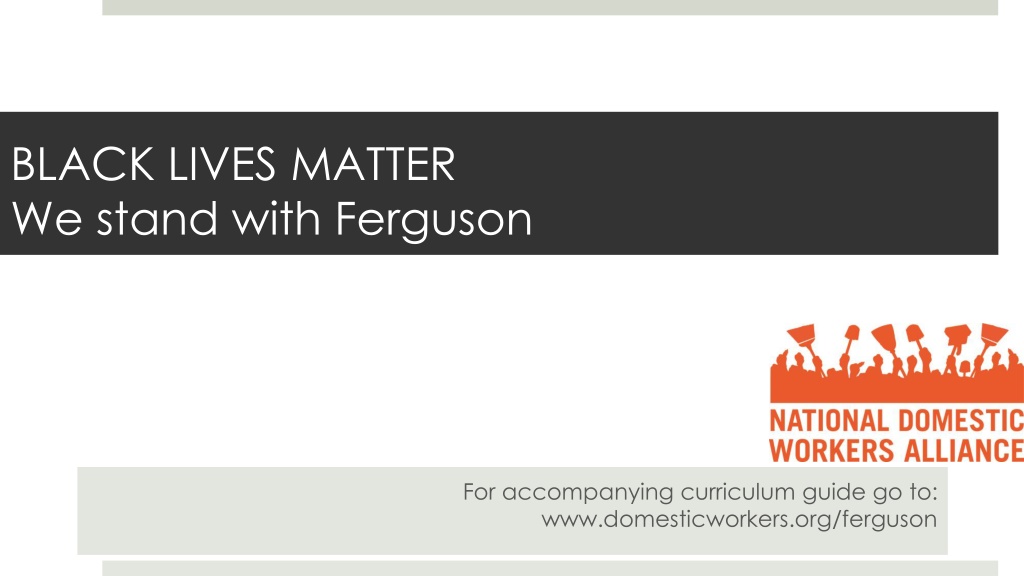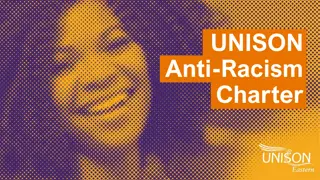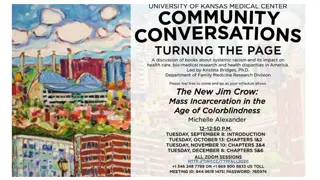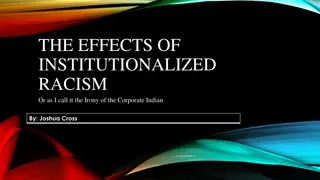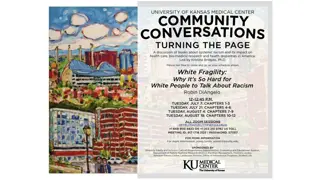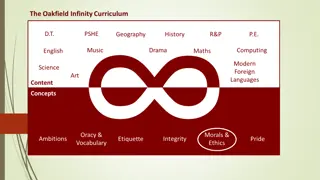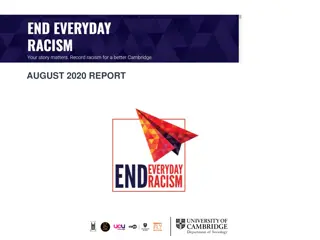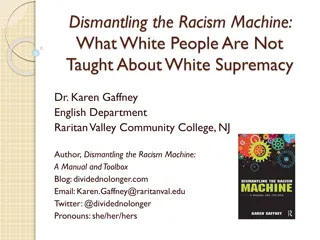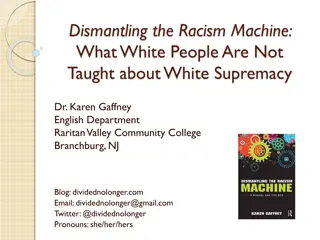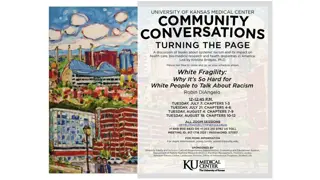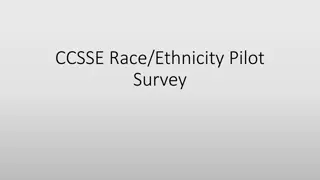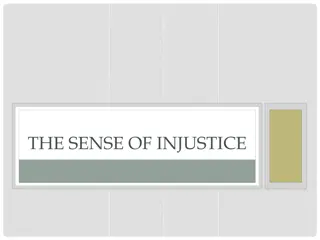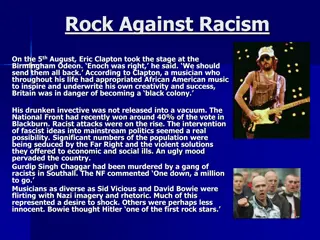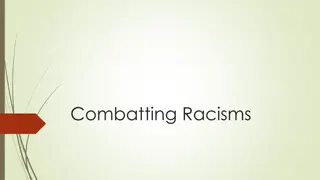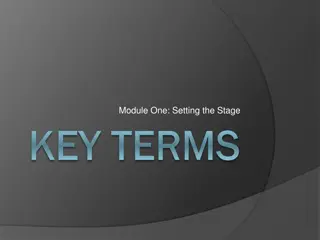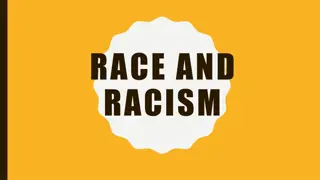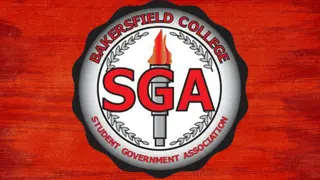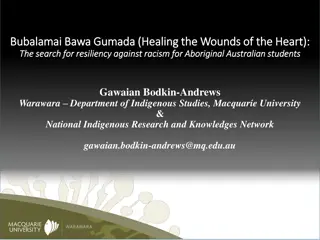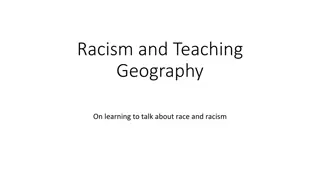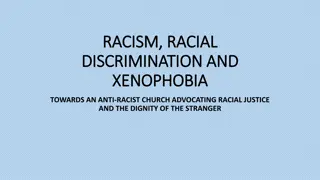Understanding Racism: Unveiling Layers of Injustice
Explore the interconnected layers of racism - from internalized beliefs to institutional discrimination - through the lens of events like the Michael Brown shooting in Ferguson. Delve into the roots of racism, its impact on society, and ways to address systemic injustices.
Download Presentation

Please find below an Image/Link to download the presentation.
The content on the website is provided AS IS for your information and personal use only. It may not be sold, licensed, or shared on other websites without obtaining consent from the author. Download presentation by click this link. If you encounter any issues during the download, it is possible that the publisher has removed the file from their server.
E N D
Presentation Transcript
BLACK LIVES MATTER We stand with Ferguson For accompanying curriculum guide go to: www.domesticworkers.org/ferguson
Michael Brown, 18 years old, shot by Ferguson, MO police Aug 9, 2014 Michael Brown s mother
This is not an isolated incident With a partner, discuss how this situation relates to other things you know about or have experienced. You can consider racism, militarization of law enforcement, criminalization, repression of protest, etc.
RACISM Individual and social beliefs, attitudes and actions that claim white people are superior to other people. In the US, white supremacy describes the organization of society based on white people having authority and power over culture, society, economy and government. Internalized Interpersonal Institutional Structural
Internalized Racism Internalized racism lies within individuals. There are private manifestations of racism that reside inside our minds. Examples: prejudice, internalized oppression and privilege, and beliefs about race influenced by dominant culture.
Interpersonal Racism Interpersonal racism occurs between individuals. Once we bring our private beliefs into our interacion with others racism is now in the interpersonal realm. Examples: public expressions of racial prejudice, hate, bias and bigotry between individuals
Interpersonal Racism One racist tweet about Ferguson http://www.mediaite.com/online/thought- catalog-tweets-possibly-the-most-racist- commentary-about-ferguson-riots/
Institutional Racism Institutional racism occurs within institutions. Instutional racism is discriminatory treatment, unfair policies and practices, and inequitable opportunities and impacts, based on race. Example: Over 300 black people are killed each year by law enforcement. One every 28 hours.* *Malcolm X Grassroots Movement study, http://mxgm.org/operation-ghetto-storm-2012-annual-report-on-the- extrajudicial-killing-of-313-black-people/
Institutional Racism Black people are disproportionately targets of police violence
Examples of institutional racism in Ferguson While of the population of Ferguson is black, the Mayor is white, and 5 out of 6 city council members are white. Only 3 of 53 police agents in Ferguson are black
Structural Racism Structural racism is racial bias across institutions and society. It s the cumulative and compounded effects of an array of factors that systemactically privilege white people and disadvantage people of color. Example: The racial wealth divide (where whites have many times more wealth of people of color) results from generations of discrimination and racial inequality.
Examples of Structural Racism Black unemployment in the US is 12%, while the national average is 6.7%. o In St. Louis County, 47% of African American men ages 16-24 are unemployed. According to the US Census, 1 in 4 black families live in poverty. For women headed households, the number increases to almost 50%.
BLACK LIVES MATTER We stand with Ferguson
